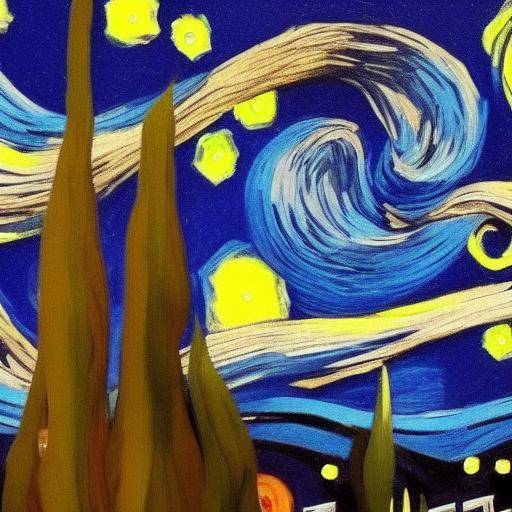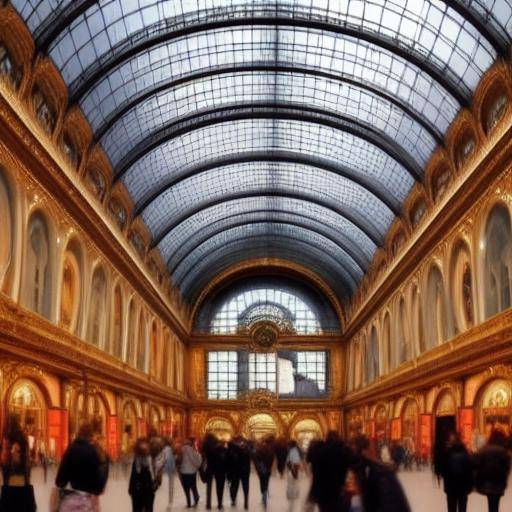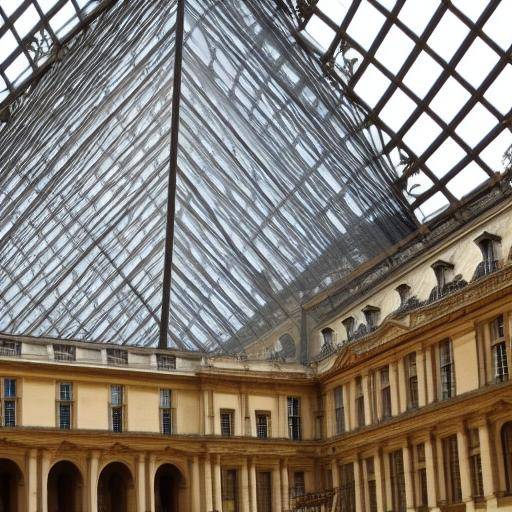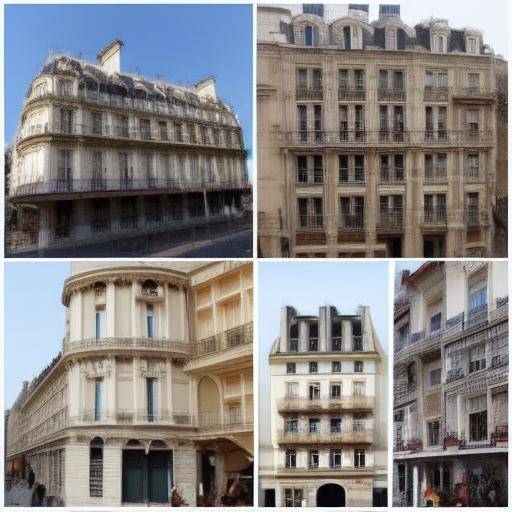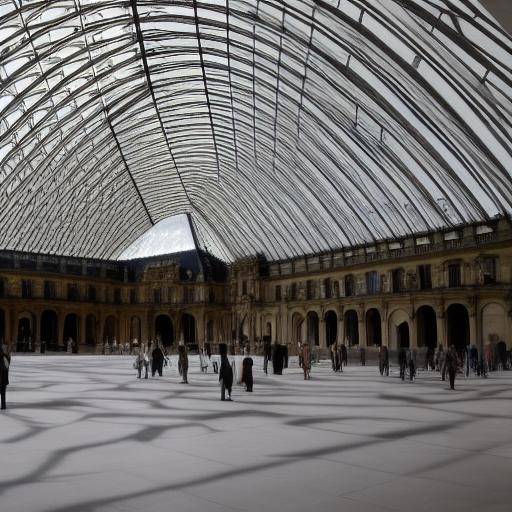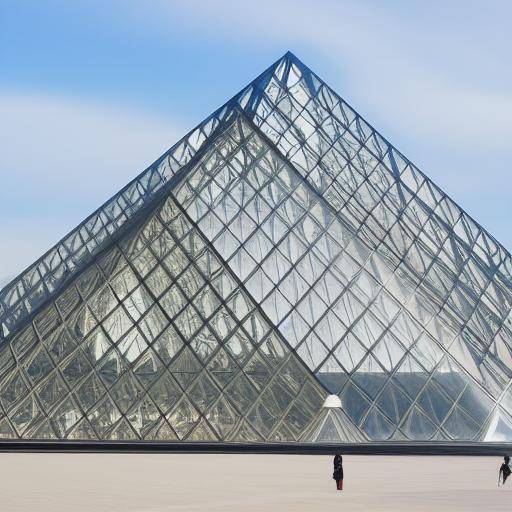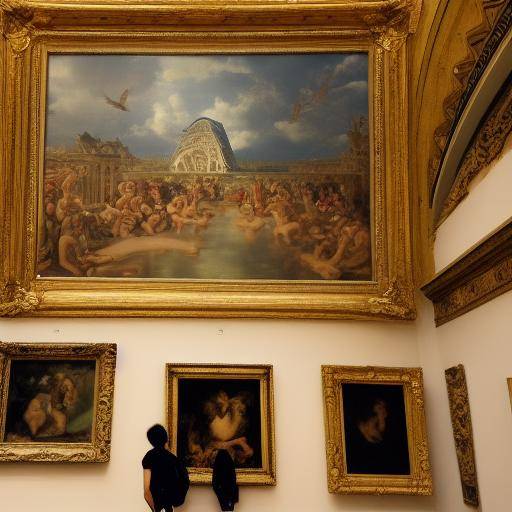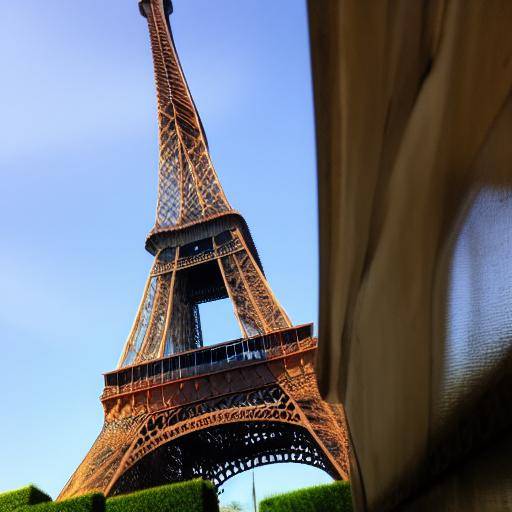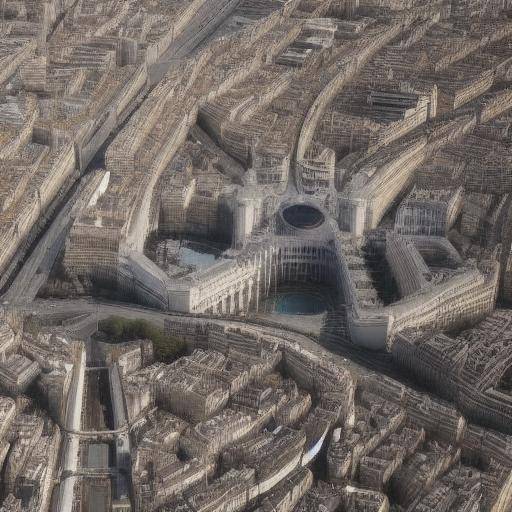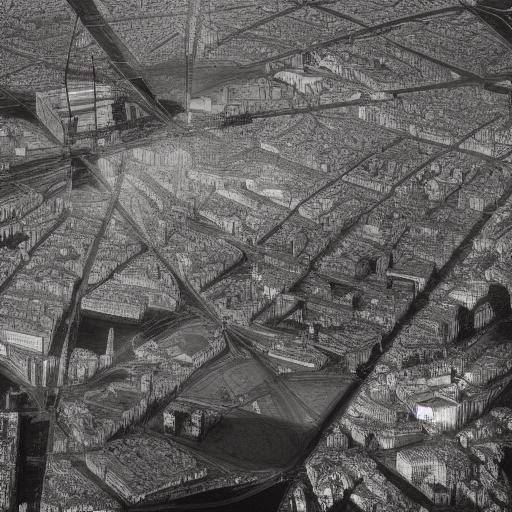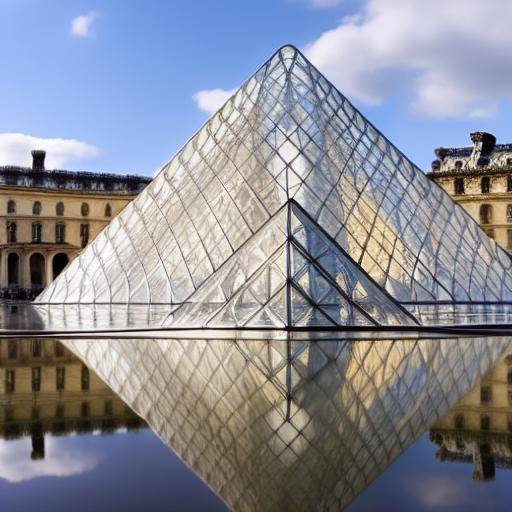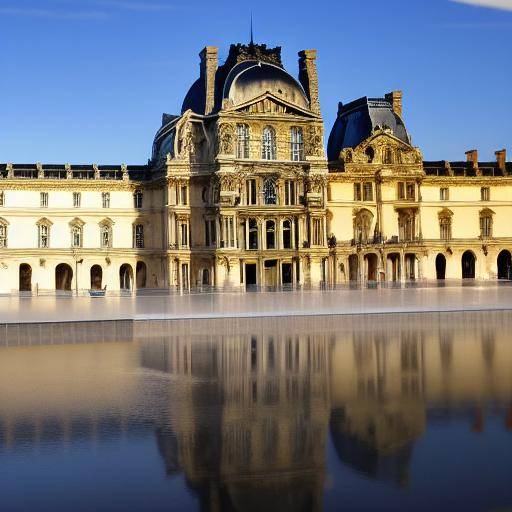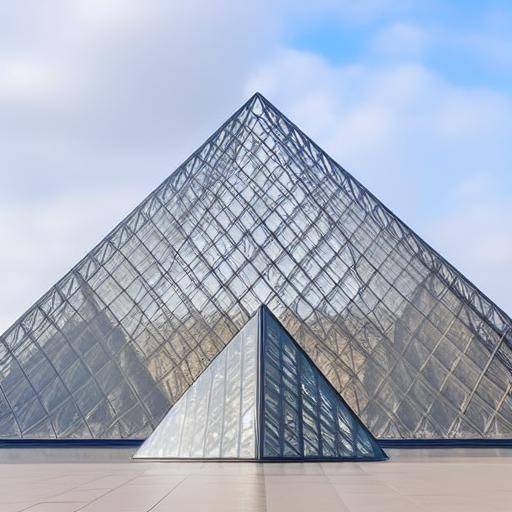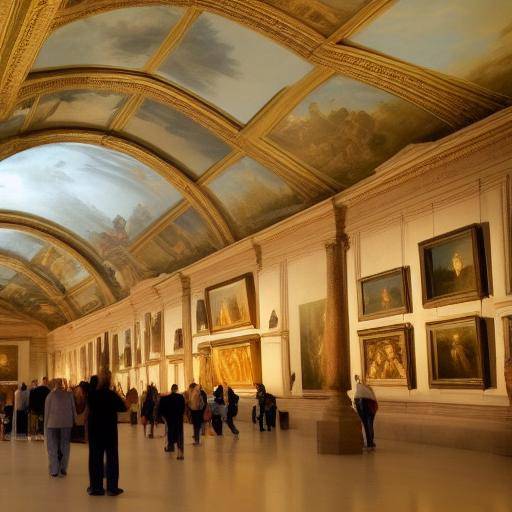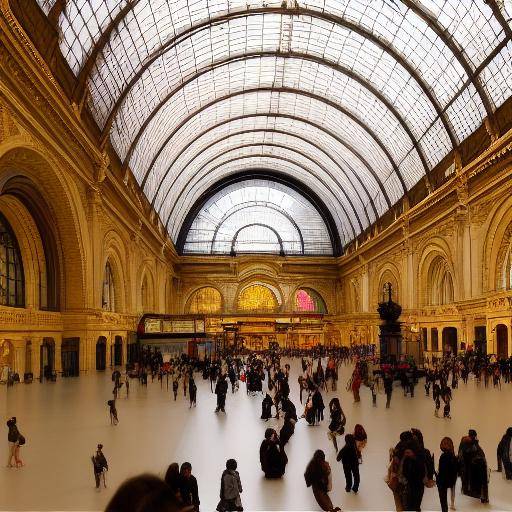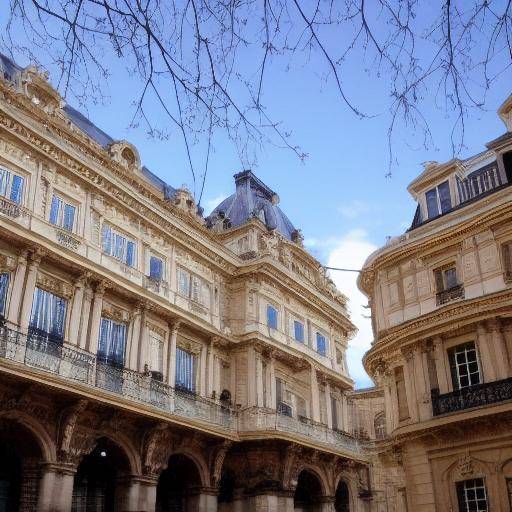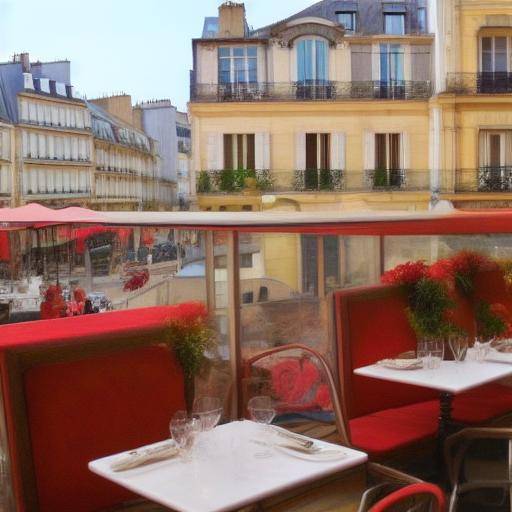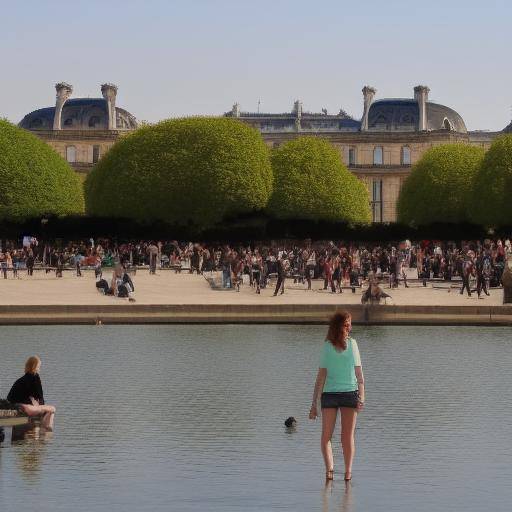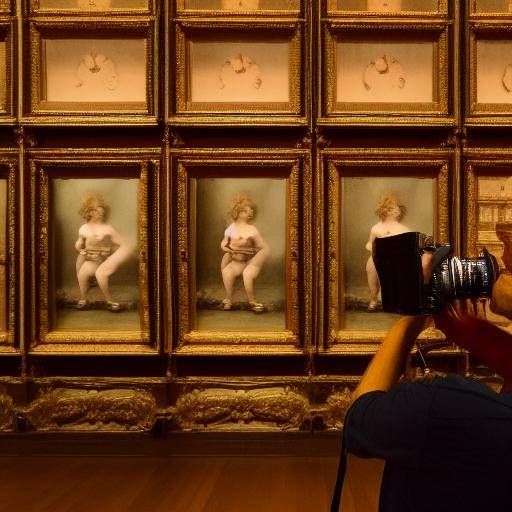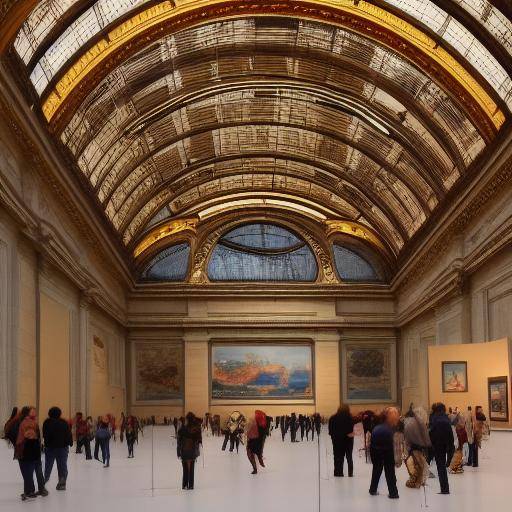
Welcome to a deep dive at the Orsay Museum, a place in Paris that houses an impressive collection of Impressionist art, sculptures and architectural design. This article aims to provide a detailed view of the great cultural wealth that this emblematic museum possesses, as well as a historical perspective of the evolution of Impressionist art and its impact on the world of art. From its extraordinary architecture to the masterpieces of Monet, Renoir, Van Gogh and more, this thorough exploration will please both art lovers and those who seek to better understand this iconic artistic period.
Introduction to the Museum of Orsay
The Orsay Museum, located in the heart of Paris, is one of the most important art museums in the world. Located in an old railway station, this magnificent building perfectly combines impressive architecture with an incomparable collection of Impressionist and Post-Impressionist art. Upon entering this majestic building, visitors are welcomed by a variety of artistic pieces ranging from painting and sculpture to furniture and photographs.
History and Background
The Orsay Museum is not only known for its vast collection of Impressionist art, but also for its interesting history. In this section, we will immerse ourselves in the past, discovering the origins of this museum, its evolution over the years and the historical moments that have shaped its identity. From its conception as a railway station to its transformation into an internationally renowned cultural centre, each chapter in the history of the Museum of Orsay offers a unique vision not only of art, but also of the society and culture of the time.
The museum opened its doors to the public in 1986, but its history dates back to the construction of the original railway station in the 1890s. During World War II, the Orsay station was used as a post centre and later as a trans-shipment centre for German prisoners of war. Eventually, in 1973, the demolition of the station was announced, generating a wave of protests that led to the decision to conserve the building and make it a museum. The opening of the Orsay Museum marked a milestone in the preservation of the architectural and artistic heritage of Paris.
Impressionist Art and Cultural Impact
Impressionist art, which flourished in the second half of the nineteenth century, revolutionized the way art was conceived and represented. Artists such as Claude Monet, Edgar Degas, Pierre-Auguste Renoir, and Édouard Manet questioned the established rules and explored new ways of interpreting light, colour and atmosphere in their works. This artistic period, with its emphasis on direct observation and the representation of everyday life, laid the foundations for later artistic movements.
The Orsay Museum houses an impressive collection of Impressionist and Post-Impressionist masterpieces that capture the essence of this artistic revolution. From Monet's "Impression, the rising sun" to Degas' "The Dance Class," every work exhibited in this museum is a testimony to the creative genius and technical innovation that defined the art of that time. Visitors can immerse themselves in the unique atmosphere of these paintings, letting themselves be carried by the beauty and emotion they transmit.
The Architectural Design of the Museum of Orsay
In addition to its impressive collection of art, the Orsay Museum is known for its distinctive architectural design. As a result of a creative adaptation of a railway station, the building combines industrial structural elements with bright and elegant spaces, creating an environment that perfectly complements the masterpieces it houses. The layout of the rooms and strategic lighting enhance the visitor's experience, allowing an optimal appreciation of the exhibited works.
Comparison of the Museum of Orsay with Other Artistic Institutions in Paris
Paris is known as the "capital of art", and the Orsay Museum is just one of the jewels that make up its artistic crown. Compared to the Louvre, known for its extensive collection ranging from antiquity to the nineteenth century, the Orsay Museum focuses specifically on the art of the nineteenth and early twentieth century. This distinction allows visitors to immerse themselves in a particular period, exploring in depth the artistic trends and significant innovations that characterized that time.
Practical Tips for a Visit to the Orsay Museum
If you are planning a visit to the Orsay Museum, here are some practical tips that will help you make the most of your experience:
- Plan your visit in advance to avoid long rows.
- Consider taking a guided tour to get a deeper perspective of the works.
- Dedicates enough time to explore the various sections of the museum, making sure you don't miss any outstanding work.
- Take advantage of the audio applications or guides available for additional information while you're running through the galleries.
Conclusions and FAQs
In conclusion, the Orsay Museum is a cultural treasure that gives visitors the opportunity to immerse themselves in the enriching experience of Impressionist art. From its impressive architecture to its outstanding collection, this museum offers a unique window to the vibrant 19th century world. If you are planning a trip to Paris, a visit to the Orsay Museum is essential for all art lovers.
Frequently asked questions
What is the best time of the year to visit the Orsay Museum?
Spring and autumn are usually the most pleasant times to visit Paris and its museums, including the Orsay Museum. The crowds are usually less dense, and the weather is ideal for strolling around the city.
Is the Orsay Museum suitable for children?
Although the museum is not specifically designed for children, some of the works can capture their interest, especially those with everyday themes and vibrant colors. In addition, the museum often offers activities designed to involve young people, such as guided tours adapted to their age.
How long do you need to visit the Orsay Museum?
It is recommended to spend at least half a day to explore the Orsay Museum at a relaxed pace. However, the exact time you require will depend on your interests and the depth with which you want to explore the displays.
Is there any restrictions on photography within the museum?
In general, you can take pictures without flash for personal use in most areas of the museum. However, some special exhibits may have additional restrictions, so it is important to check specific rules when entering.
Are there guided tours available in several languages?
Yes, the Orsay Museum offers guided tours in various languages, including Spanish, English, French, German and others. These visits are an excellent way to get additional information about the collections and works exhibited.
What are the accessibility measures at the Orsay Museum?
The museum strives to be accessible to all people, with facilities designed for people with reduced mobility and other special requirements. It is recommended to report on accessibility measures before the visit to ensure a comfortable and enriching experience.
We hope that this guide has given you a deeper view of the Orsay Museum and its incomparable artistic treasures. Whether you are passionate about art or just a curious cultural, the visit to this museum will definitely enrich your understanding of impressionism and its impact on the history of art. Enjoy your visit to the Orsay Museum and immerse yourself in the beauty and nostalgia of a revolutionary era!
With the closure of this guide, we hope to have provided an integral vision of the Orsay Museum, a cultural icon that remains an inexhaustible source of inspiration and artistic contemplation.

